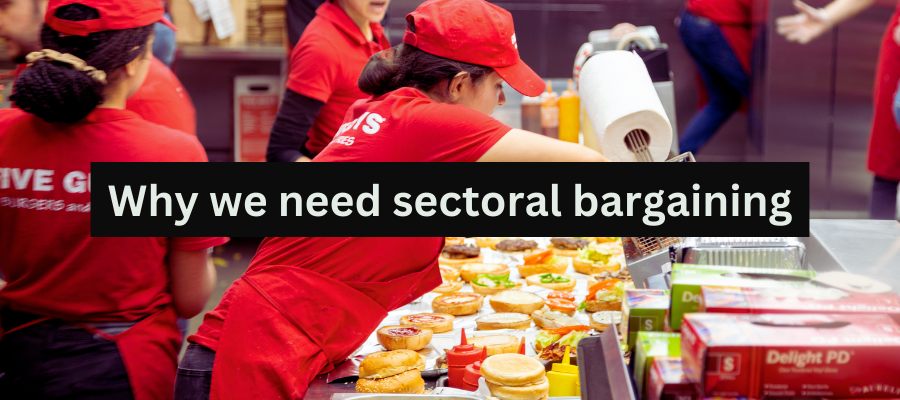Frameworks and photo-ops
About a year-and-a-half ago, BC teachers and their employers approved a landmark framework agreement for their upcoming round of contract negotiations.
In the wake of a difficult and divisive round of bargaining, and after many, many years of frustration and disappointment, the parties agreed to do things differently. It was the first change to bargaining procedures in almost two decades, and was seen as a significant step toward a more positive round of negotiations.
The framework agreement established an early, ambitious start to discussions, timelines for tabling proposals, and a mutually-agreeable costing process. It also empowered teachers and employers at the district level to negotiate certain key local issues. And the parties agreed to jointly and proactively appoint a facilitator to assist them in the bargaining process.
BC teachers and their employers had worked on this framework agreement quietly, constructively. It was a substantive project, not an exercise in show-and-tell.
Meanwhile, however, a government in (perpetual) campaign mode was unilaterally introducing an education “framework” of its own. The premier, with media, cameras and operatives in tow, interrupted learning activities in a first and second grade classroom, to unveil a glossy political document. Her framework, titled “Working Together,” had actually been prepared alone, by government, without the participation of teachers and employers. Not surprisingly, it was met with suspicion, skepticism, frustration, and opposition.
And so, what had been a period of optimism, cooperation and progress in education sector collective bargaining, regressed into adversarial positioning and public posturing. All, it appears, for the sake of a photo op – a purely political event, in a series of “good news” announcements, which launched the BC Liberal run for re-election.
And the rest is history. As picket lines are established today, British Columbians can only wonder what might have been…
Topics: Education, Employment & labour


